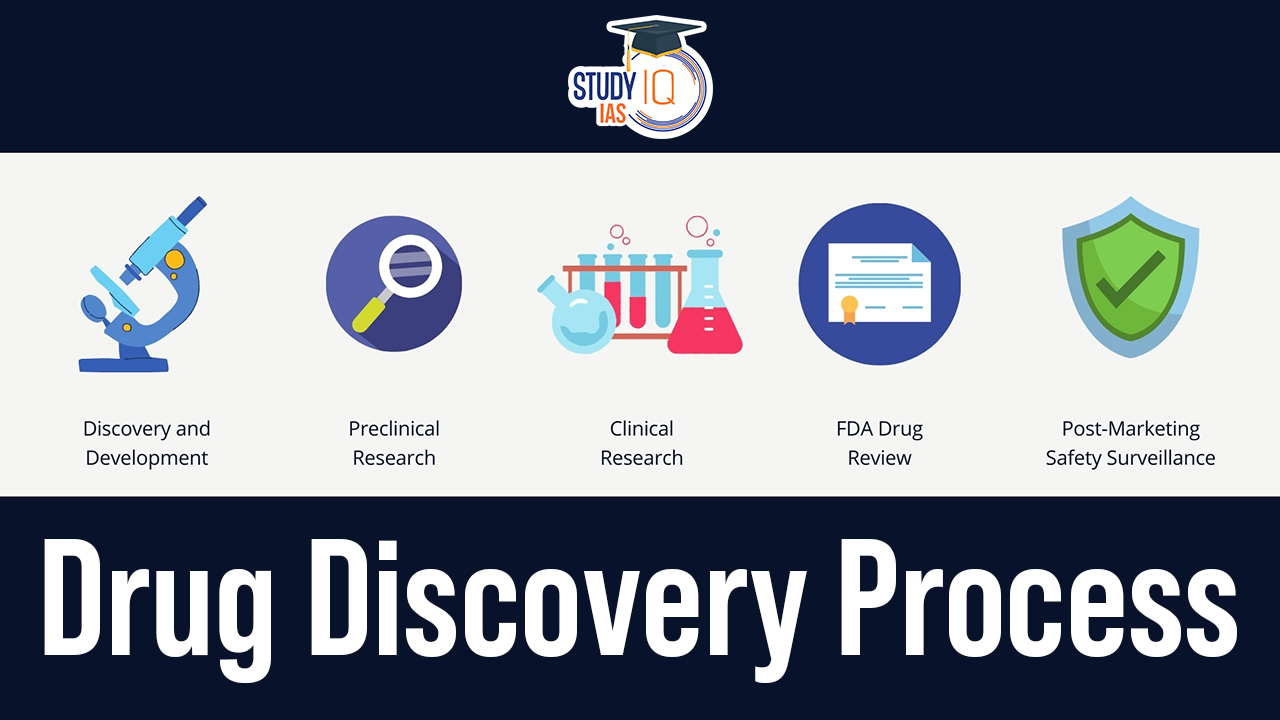Table of Contents
Context: India is a major manufacturer and consumer of antimicrobial drugs. Despite this, there is an alarming rise in antimicrobial resistance, leading to approximately 4.9 million deaths worldwide in 2019. The need for new drugs is critical, prompting researchers to find new drug targets and innovative pathways for drug discovery.
Research Initiatives in India
Two research groups at the CSIR-Centre for Cellular and Molecular Biology in Hyderabad are at the forefront of identifying potential targets for new antimicrobial drugs:
- Research on Escherichia coli (E. coli): One group is examining the growth dynamics of E. coli, specifically how its peptidoglycan layer, crucial for bacterial survival, expands.
- They have pinpointed enzymes responsible for modifying this layer, which could serve as potential drug targets.
- Research on Plasmodium falciparum: Another group focuses on the malarial parasite Plasmodium falciparum, studying its protein degradation mechanisms via enzymes that tag unneeded proteins for destruction.
- Identifying these enzymes could lead to new antimalarial therapies.
Challenges in Drug Discovery
The path from discovering potential drug targets to developing market-ready drugs is fraught with challenges:
- Effective drug discovery requires a multi-disciplinary approach, often taking considerable time due to the complexity of biological systems and drug interactions.
- A significant hurdle is determining the molecular structures of potential drug targets, which is essential for the design of effective drugs.
Innovative Solutions
- Homologous Structures: Researchers can use known structures of similar molecules from other organisms to predict the structure of the target molecule.
- Molecular Docking Simulations: These are computational methods that simulate how small molecules might fit into the target enzyme’s active site, helping predict potential drug efficacy.
- Drug Libraries: Utilising libraries of FDA-approved drugs and vast collections of chemical compounds speeds up the search for effective therapies.
- Role of Artificial Intelligence: AI tools are increasingly used to predict molecular structures or modify existing molecules, streamlining the drug development process.
- High-Throughput Screening: This technique allows pharmaceutical companies to test a vast array of molecules simultaneously, identifying promising candidates more efficiently than traditional methods.
The Path from Discovery to Market
Drug development involves multiple stages, including:
- Safety and Efficacy Testing: Early testing in cell cultures and animal models assesses a drug’s safety and effectiveness.
- Clinical Trials: Promising drugs undergo rigorous testing in clinical trials to ensure their efficacy and safety are maintained in humans.
- Regulatory Approval: Only drugs that meet stringent efficacy and safety standards receive approval for use in the market.


 Why India Needs Its Own Economic Model?
Why India Needs Its Own Economic Model?
 Challenges in India’s Airline Sector: ...
Challenges in India’s Airline Sector: ...
 Forest Conservation Act, 1980: Objective...
Forest Conservation Act, 1980: Objective...

























